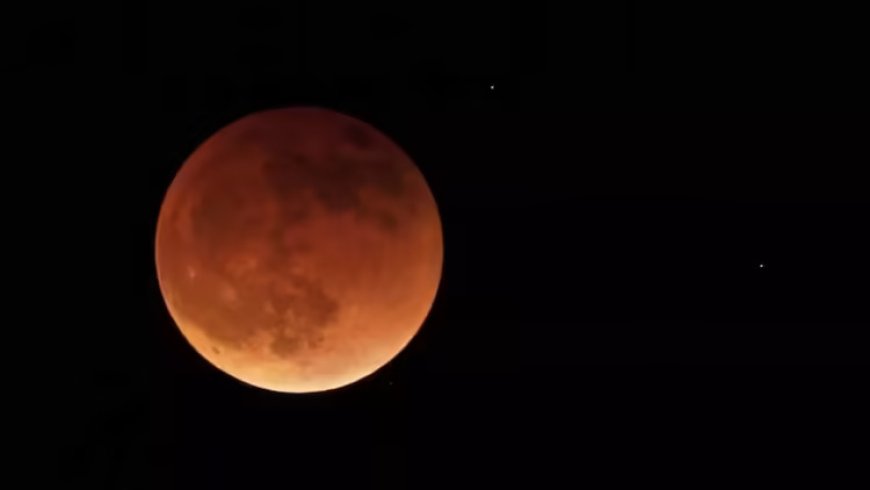Cave On Moon: Where Apollo 11 landed 55 years ago..., scientists found a cave there, it could become a new place for astronauts
Scientists have confirmed the discovery of a cave on the moon. This cave is not far from the spot on the moon where Neil Armstrong and Buzz Aldrin did a moon walk 55 years ago. Moon caves can become a place for astronauts in the future. Armstrong and Aldrin landed on the moon on July 20, 1969.

Moon caves can become a place for astronauts in future. Scientists have confirmed the discovery of a cave on the moon. This cave is not far from the place on the moon where Neil Armstrong and Buzz Aldrin did a moon walk 55 years ago.
Astronauts can take shelter in future
According to scientists, there may be hundreds of more caves on the moon in which astronauts can take shelter in future. Armstrong and Aldrin landed on the moon on July 20, 1969. A team led by Italian scientists said on Monday that evidence has been found of reaching a large cave from the deepest known crater on the moon. This is in the 'Sea of Tranquility', only 250 miles (400 kilometers) from the landing site of Apollo 11.
The deepest crater on the moon is Mare Tranquillitatis
The Mare Tranquillitatis crater is the deepest known crater on the moon. This crater, like more than 200 other craters discovered there, was formed by the collapse of a lava tube. The researchers analyzed radar measurements by NASA's Lunar Reconnaissance Orbiter and compared the results with lava tubes on Earth. Their findings have been published in the journal 'Nature Astronomy'.
The cave is about 40 meters wide
According to scientists, the radar data shows only the initial part of the cave. It is estimated that this cave is at least 40 meters wide. The findings suggest that there may be hundreds of caves on the moon. Such places can serve as natural shelters for astronauts, protecting them from cosmic rays and solar radiation as well as micrometeoroid attacks.







